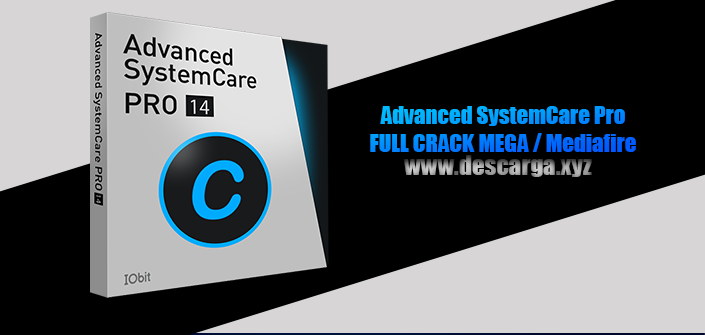

For hyenas feeding at the landfill, horse carcasses accounted for about 80% of that total, while poultry waste was the most frequently consumed type of animal carcass waste.

The study authors determined that an individual Mekelle hyena annually scavenges about 2,100 pounds of carcass waste around the city. The black-and-white photos and video clips he captured are haunting: the eyes of the hyenas glow with an unearthly fire. He counted the hyenas and watched them feed, using night-vision binoculars that operate at infrared wavelengths. It is very, very likely that hyenas much further than 5 kilometers are coming into Mekelle and consuming even more waste."įor Sonawane, the fieldwork involved spending nights at the Mekelle landfill and recording the number and type of animal carcasses (mostly cattle, horses, chickens, sheep and goats) available to the scavengers. "In addition, we only estimated the benefits accrued from hyenas within 5 kilometers of the city. "However, losing even a single cow to anthrax or bovine tuberculosis can cause significant financial stress to cattle owners in Ethiopia, who tend to own much smaller herds of cattle than cattle owners in other parts of the world. "In comparison to the large cattle enterprises in the Global North, the benefits that we found are quite small," Sonawane said. The researchers compared these public health and economic outcomes under two scenarios: hyenas present and hyenas absent. Those data were integrated into a disease transmission model used to predict the number of anthrax and bovine tuberculosis infections arising in humans and livestock from infected carcass waste, as well as the costs associated with treating those infections and losing livestock. The field data were collected and analyzed by study lead author Chinmay Sonawane, a former student of Carter's who is now a doctoral student at Stanford University. During the daytime, the Mekelle hyenas rest at sites outside the city to avoid human disturbances they come into the city at night to feed. To estimate the benefits of spotted hyenas, the researchers examined their feeding habits and the population size around Mekelle. Sustainable Development Goals: ensuring good health and well-being, providing clean water and sanitation, and promoting terrestrial biodiversity. In Mekelle, the scavenging behavior of hyenas advances three U.N. The authors emphasize that these sanitation and disease-control services are particularly valuable in low-income and rural areas. "This is an important contribution to a growing body of work that highlights the benefits of predators and scavengers, rather than focusing only on their costs to humanity."

Even so, this study totally upends the traditional narrative around hyenas - that they are a nuisance and should be removed," said U-M's Neil Carter, senior author of the study and an assistant professor at the School for Environment and Sustainability. 26 in the Journal of Applied Ecology, is the first to quantify the public health and economic benefits of scavenging by spotted hyenas. This disease-control service potentially saves the city $52,000 annually in treatment costs and livestock losses avoided. They determined that hyena scavenging annually prevents five infections of anthrax and bovine tuberculosis in Mekelle residents and 140 infections in cattle, sheep and goats. The researchers wanted to know whether hyenas - by removing this waste from the environment - might also prevent pathogens from jumping into people and livestock. The carcasses of livestock animals that are slaughtered for food there, or that die naturally, are often dumped at the local landfill or on roadsides, where hyenas feed on the waste. Mekelle is the capital of northern Ethiopia's Tigray region. In a study conducted in and around the Ethiopian city of Mekelle, home to 310,000 people and 120,000 livestock animals, a University of Michigan conservation ecologist and two colleagues found that spotted hyenas annually remove 207 tons of animal carcass waste. But a new study concludes that spotted hyena scavenging provides significant public health and economic benefits to the African cities they roam.


 0 kommentar(er)
0 kommentar(er)
